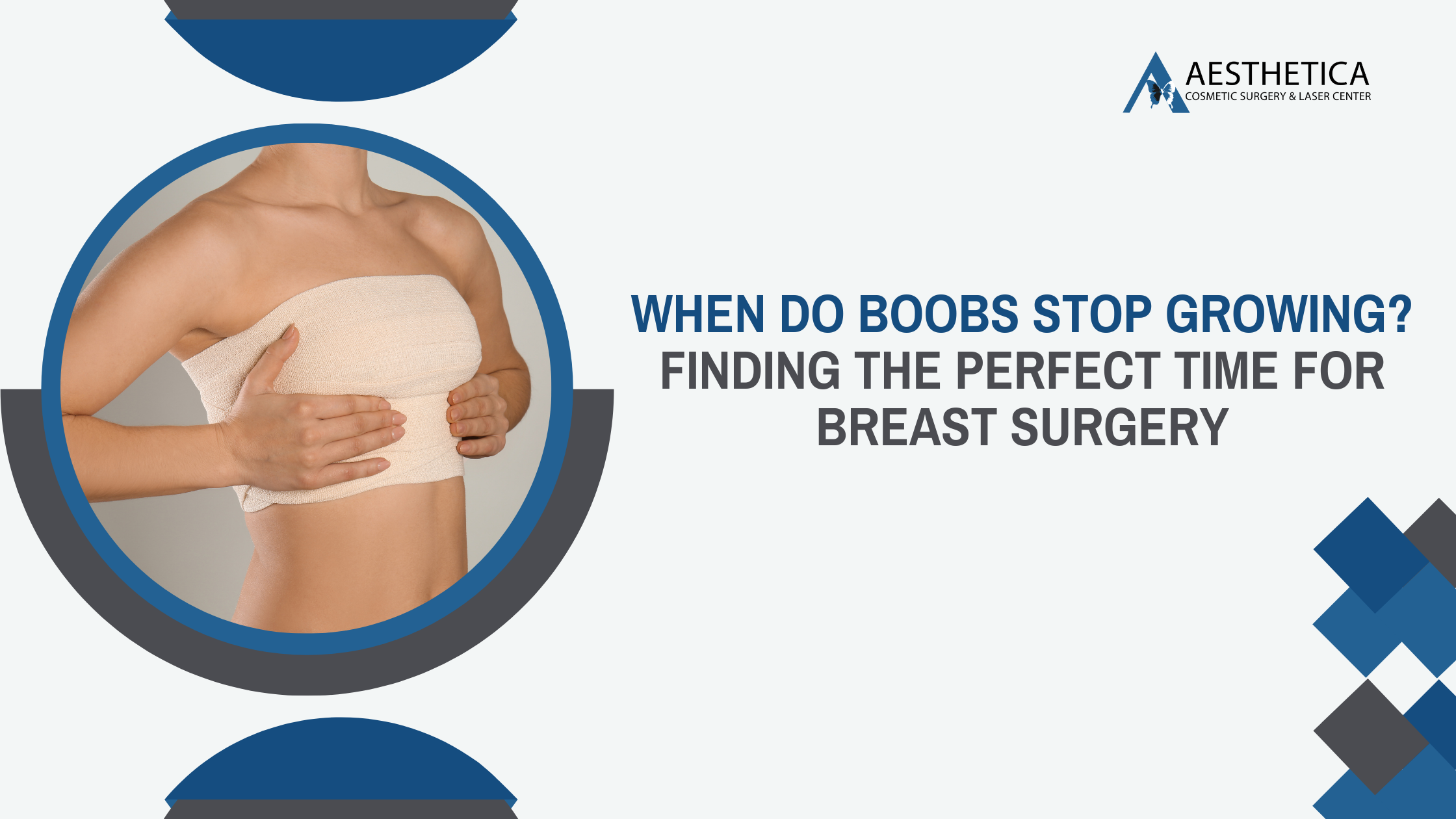Traditional Facelift vs. Noninvasive Facelift5 min read

Phillip Chang

Getting a facelift is no trifling matter. It’s a serious decision patients should not take lightly since undergoing a facelift procedure will change the aesthetics of the face for a long time. So it’s important to do your research and make sure you know what you’re getting into before going under the knife.
There are two main types of facelifts: traditional and noninvasive. Both have their pros and cons, so how do you decide which one is right for you? Let’s take a closer look at each option!
What Is a Traditional Facelift?
A traditional facelift, also known as a surgical facelift, is a cosmetic procedure that involves making incisions in the skin and manipulating the underlying muscles and tissues. Traditional facelifts are usually reserved for people who have significant facial aging or sagging.
The traditional facelift procedure can take anywhere from two to five hours, depending on the extent of the surgery. It’s typically performed under general anesthesia, so you’ll be asleep during the procedure.
After making incisions in strategic locations around your face, the plastic surgeon will lift and reposition the skin and underlying tissues while also removing excess skin or fat. The goal is to create a more youthful appearance by tightening the skin and reducing the appearance of wrinkles and sagging.
The plastic surgeon concludes the procedure by closing the incisions with stitches or surgical tape. You may also have drains placed under your skin to help drain any excess fluid.
You can expect to see some bruising and swelling after your surgery, but these side effects are minor and should improve within a week. However, it may take several weeks for all the swelling to go down and for your final results to be visible.

What Is a Noninvasive Facelift?
As the name implies, a noninvasive facelift is a cosmetic procedure that doesn’t involve making any incisions or surgery on the skin. As a result, noninvasive facelifts are less invasive than traditional facelifts and have a shorter recovery time.
There are a few different types of noninvasive facelifts, but they all work by using energy to heat the deep layers of the skin. This process triggers the production of new collagen and elastin to help improve the appearance of wrinkles and sagging skin.
Noninvasive facelifts can be performed in an office or outpatient setting and usually take less than an hour to complete. There is minimal downtime associated with this type of facelift, so you can typically return to your normal activities immediately after the procedure.
Examples of noninvasive facelift procedures include BOTOX®, dermal fillers, SkinTyte skin tightening, and laser skin resurfacing.
Which Type of Facelift Is Better?
Both traditional and noninvasive facelifts have their own sets of advantages and disadvantages. So which one is right for you?
Traditional Facelift: Pros and Cons
The main benefit of a traditional facelift is that it can provide more dramatic results. If you have significant facial aging signs, a traditional facelift is your best option.
The main downside of a traditional facelift is that it’s a more invasive procedure with a longer recovery time. You can expect to see some bruising and swelling after your surgery, and it may take several weeks for all the swelling to go down and for your final results to be visible.
Noninvasive Facelift: Pros and Cons
On the other hand, a noninvasive facelift is less invasive and has a shorter recovery time. Noninvasive facelifts are typically performed in an office or outpatient setting and usually take less than an hour to complete. There is minimal downtime associated with this type of facelift, so you can typically return to your normal activities immediately after the procedure.
The main downside of a noninvasive facelift is that it may not provide as dramatic results as a traditional facelift. If you have significant facial aging or sagging, a noninvasive facelift may not be the best option for you.
So, which type of facelift is right for you? The answer depends on your individual goals and needs. Talk to Dr. Phillip Chang, board-certified plastic surgeon of Aesthetica Cosmetic Surgery and Laser Center, to discuss which option is right for you!
Which Facelift Is Right for Me?
The type of facelift that’s right for you will depend on a few factors, including your age, the severity of your facial aging, and your overall health.
If you’re younger and exhibit minimal signs of aging, a noninvasive facelift is all you need to achieve your desired results. On the other hand, if you’re older or have significant facial aging signs, a traditional facelift will be a better option.
It’s also important to consider your overall health when deciding which type of facelift to get. Traditional facelifts carry more risks than noninvasive facelifts, so if you have any medical conditions that could complicate surgery, a noninvasive facelift may be the right approach to facial rejuvenation.
The best way to know which type of facelift is right for you is to consult with Dr. Chang. He can examine your face, assess your individual needs, and help you make an informed decision about which type of facelift is best for you.
Ready for Your Very Own Facelift Procedure?
Ready to undergo your very own facelift procedure? Come meet with us at Aesthetica Cosmetic Surgery and Laser Center for a complimentary consultation before moving forward with surgery! Board Certified Plastic Surgeon Dr. Phillip Chang will determine if you are a good candidate for these procedures. If everything matches up, our team will help you navigate the entire process, from beginning to the end! Also, don’t forget to check out our blog for more information on plastic surgery and plastic surgery trends!
Let Us Help You!
Our office can provide you with helpful information, schedule a free consultation, and walk you through the many services and procedures we provide.
Contact Dr. Chang's Office:
More Articles For You

Areola Reduction for Men in Loudoun County
In the heart of Loudoun County, where the beauty of nature meets bustling urban life,

3 Ways to Fix Spider Veins on Your Face in Leesburg, VA!
Spider veins, those small, web-like networks of blood vessels that can appear on your face,

What’s a Unit of BOTOX Anyway? | Aesthetica GoToBeauty
Have you ever heard about BOTOX and wondered what it’s all about? It’s like the

When Do Boobs Stop Growing? Finding the Perfect Time for Breast Surgery
Ever wondered when your boobs finally decide to take a break from growing? Or you’re
